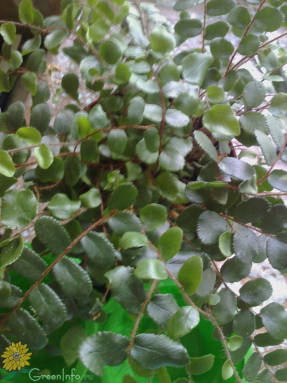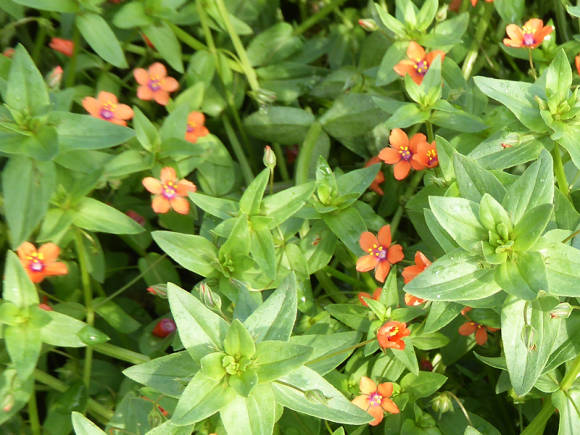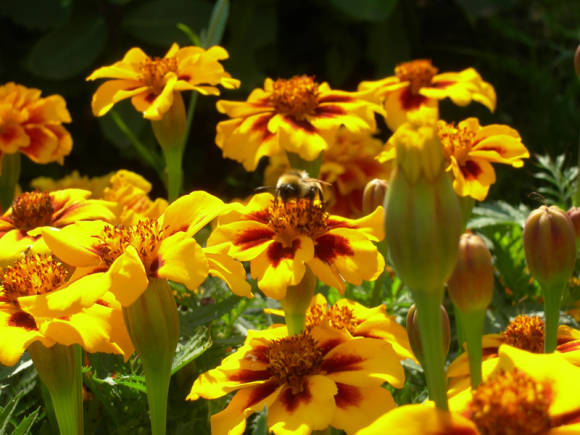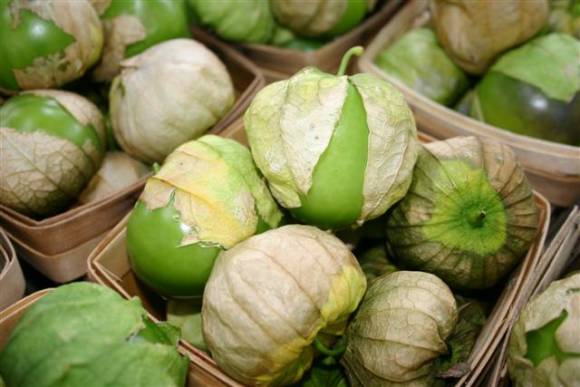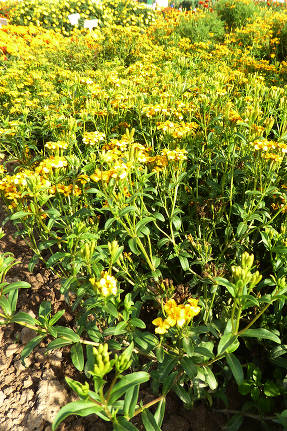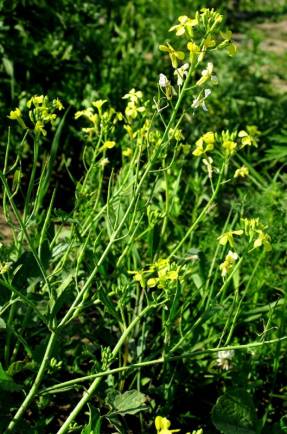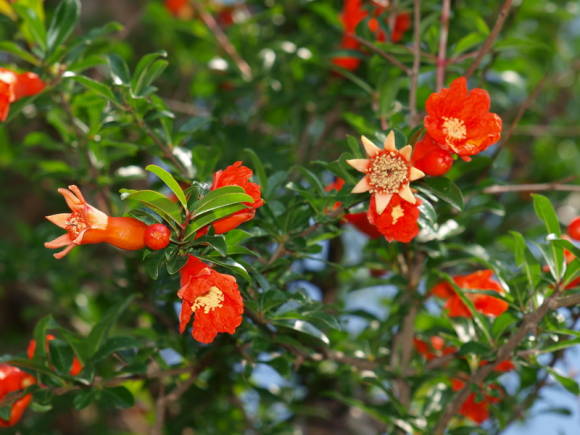It would seem that any gardener knows everything about this plant, but meanwhile it has been present in the fields and in gardens for so long that quite a lot of interesting things have emerged, ranging from cultivation to use as food and not only a plant.

To begin with, its products are very high in energy and protein (16 to 40%). Peas were present in the Neolithic period. In ancient times and in the Middle Ages, along with cereals, it was a staple product in Europe and the Mediterranean, which, together with beans, balanced the diet of the poor in the amount of protein consumed, supplementing the carbohydrates of cereals, that is, in terms of nutritional value, it was approximately the same tandem as beans and corn among the peoples of South America. Today, peas are grown in temperate regions on all five continents, especially Eurasia and North America.
Currently, grain peas are an important part of the diet only in Tibet and part of the African continent, while in the west it is mainly a forage crop. But since the 17th century, peas have been in demand as a vegetable plant, green peas have become a respected product in all developed countries, especially after the possibility of canning and freezing them quickly appeared.
Peas are an annual herbaceous climbing plant with a rather short growing season, combined with cold resistance. Therefore, he manages to please gardeners even in very northern latitudes. The root system, under favorable conditions, reaches a depth of 1 m, but most of the highly branched roots are located in the surface layer. On the roots of the second and third order, nodules with nitrogen-fixing bacteria of the same species (Rhizobium leguminosarum biovar. Viciae), as in sweet pea, which actually belongs to a different genus (Lathyrus).

Stems are slightly branched, reaching lengths from 50 cm to 2-3 m. Inside, the stem is hollow and rises upward, due to the fact that the leaves cling to the support with the help of antennae. Flowers begin to appear in the leaf axils. In the earliest varieties, this occurs in the region of the 4th node, and in varieties with a long growing season - at the 25th node.
The leaves are alternate, consisting of four pairs of oval leaflets and ending in a simple or branched tendril. In some cultivars, almost all the leaves have turned into tendrils ('Afila'), and vice versa, in some cultivars, tendrils are absent, and in their place are leaflets.
At the base of the leaves there are large rounded stipules hugging the stem. They are often much larger than the leaves and reach 10 cm in length. Some varieties have elongated stipules; in French they are called "rabbit ears". Many forage varieties have stipules with anthocyanin spots at the base.
Flowers - typical for legumes, butterflies, solitary or clustered in an inflorescence with 2-3 pairs of flowers and are located in the leaf axils. The calyx is green, formed by five soldered sepals. The corolla has five petals. It is usually completely white, sometimes pink, purple or purple. There are ten stamens, one of them is free and nine are welded. The gynoecium is formed by one single carpel. Some morphologists interpret such a carpel as the evolution of a leaf folded along the central vein and fused edges, to which ovules are attached.
Pollination occurs when the flowers are closed, that is, autogamously, cross-pollination is only 1%. This makes it easier to maintain clean lines and varieties. Cross-pollination is mainly due to some insects (mainly Hymenoptera and bees), which are able to spread the petals and get inside the flower.
The fruit is a bivalve pod, 4-15 cm long, containing 2-10 smooth or angular round seeds, 5-8 mm in diameter.
As with all legumes, the seeds are without endosperm, and nutrients are contained in both hemispherical cotyledons, which occupy almost the entire volume of the seeds. They can be pale green before ripening, or whitish, yellow, or even black. Some green seeds turn yellow over time. They can be smooth or wrinkled.
Their size varies greatly depending on the variety. Weight of 1000 dry seeds - 150 -350 g.
Seeds remain viable for three to five years. They are dormant and can therefore germinate immediately after maturation. Peas have an underground type of germination, that is, the cotyledons remain underground.
Cotyledons contain storage substances, on average 50% starch and up to 25% proteins (in pea proteagineux). Starch consists of amylose and amylopectin in different ratios: smooth seeds have more amylopectin, and wrinkled seeds have more amylose. In addition, the latter contain more sugar. The protein part consists exclusively of three soluble protein fractions: albumin, vicilin and convicilin, legumin. Contains a part of albumins, in small amounts proteins with enzymatic activity: lipoxygenases, lectins, protease inhibitors.
The pea genome includes seven pairs of chromosomes (2n = 14). The size is estimated at 4,500 Mpb, of which 90% are generated from repeating sequences of the retrotransposon type.
Classification
Sowing peas (Pisum sativum) belongs to the genus Pisumbelonging to the family Fabaceae (or Viciae) and a kindred rank (Lathyrus L.) and lentils (Lens Mill.), Wick (Vicia L.) and Vavilovia Fed. Genus Pisum previously counted more than 10 species, but now it includes only two: Pisum sativum L. and Pisum fulvum Sm. The rest were promoted to the rank of subspecies or varieties. Pisum sativum, with which they are easily pollinated.
View Pisum sativum represents a very large genetic diversity, which manifests itself in numerous changes in the morphological characteristics of flowers, leaves, stems, fruits and seeds, which motivated the various classifications of forms, intraspécifiques. The main subspecies and varieties are as follows:

- Pisum sativum L. subsp. elatius (Steven ex M. Bieb.) Asch. & Graebn. is a wild form of modern peas, native to the eastern part of the Mediterranean basin: the Caucasus, Iran and up to Turkmenistan, it includes the variety Pisum sativum L. subsp. elatius (Steven ex M. Bieb.) Asch. & Graebn. var. pumilio Meikle (syn. Pisum sativum subsp. syriacum Berger): a subspecies of greater xeromorphicity, represented in the vegetation of dry lawns and oak forests of the Middle and East, Cyprus and Turkey to the Transcaucasus, Iraq and the North and West of Iran.
- Pisum sativum subsp. transcaucasicum Govorov: found in the North Caucasus and Central Transcaucasia.
- Pisum sativum L. subsp. abyssinicum (B. Braun) Govorov: found in the mountainous regions of Ethiopia and Yemen. It has a single pair of leaves, purple-red flowers, shiny black seeds.
- Peas 'Roveja' - Italian traditional cultivar Pisum sativum subsp... sativum var... arvense L.
- Pisum sativum subsp. asiaticum Govorov: This form is common from the Middle East and Egypt to Mongolia and northwest China, to Tibet, and is found in northern India. Both the seed and the whole plant are used for livestock feed.
- Pisum sativum L. subsp. sativum: this is the most common subspecies at the present time, which turned out as a result of the domestication of the form Pisum sativum subsp. elatius... There are three main varieties and numerous varieties.
- Pisum sativum L. subsp. sativum var. arvense (L). Poir. - peas, protéagineux, fodder peas or cereals;
- Pisum sativum L. subsp. sativum var. sativum - green peas, garden peas.
This is a purely botanical classification of subspecies. But there is also a classification of varieties depending on the direction of their use.
 |  |
- Shelling peas (Pisum sativum L. convar. sativum), has a smooth surface and during processing it is usually peeled from the skin and only cotyledons remain. They are high in starch and relatively low in free sugars.
- Marrowfat pea (Pisum sativum L. convar. medullare Alef. emend. C.O. Lehm) are shriveled when ripe, resembling a brain. But they are brought to this state only in seed production, and they are unripe as a food product.Moreover, unlike the previous variety, they contain quite a lot of sugar, which determines their sweet taste. They are the ones that end up in jars and frozen mixes.
- And finally sugar peas (Pisum sativum L. convar. axiphium Alef emend. C.O. Lehm). The leaves have no parchment layer and the whole fruit can be used. The seeds are relatively small and very wrinkled due to their high water content.
Growing conditions
Requirements for conditions: Peas are a plant in a cool and relatively humid temperate climate. It is less sensitive to cold than that of beans and can germinate from + 5 ° C. Young plants (before flowering) can withstand frosts, but flowers can be damaged from -3.5 ° C, while vegetative organs from -6 ° C. The optimum average growth temperature is between +15 and + 19 ° C. At temperatures above + 27 ° C, growth slows down and normal pollination stops. The optimum rainfall for growing peas is between 800 and 1,000 mm per year. Peas are a typical long day plant. That is, it blooms quickly when the length of the day is maximum.

Peas adapt to all types of soils, but require good drainage and good water holding capacity of the soil. The optimum pH is between 5.5 and 7.0.
Continued in articles
Peas: a history of culture,
Pea culinary traditions.
